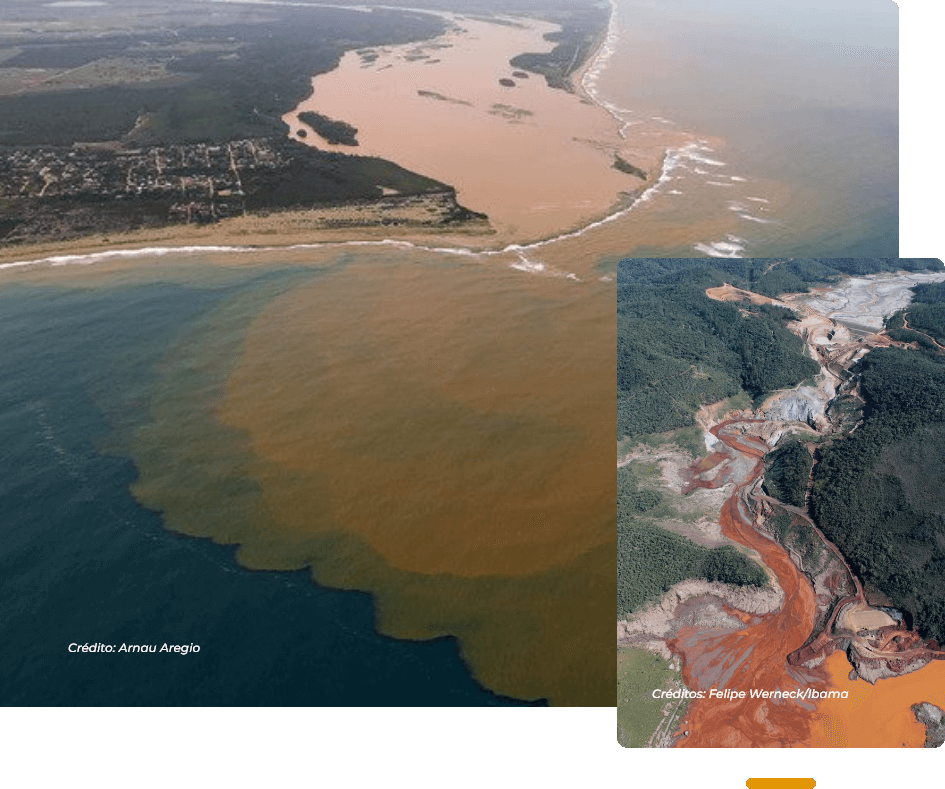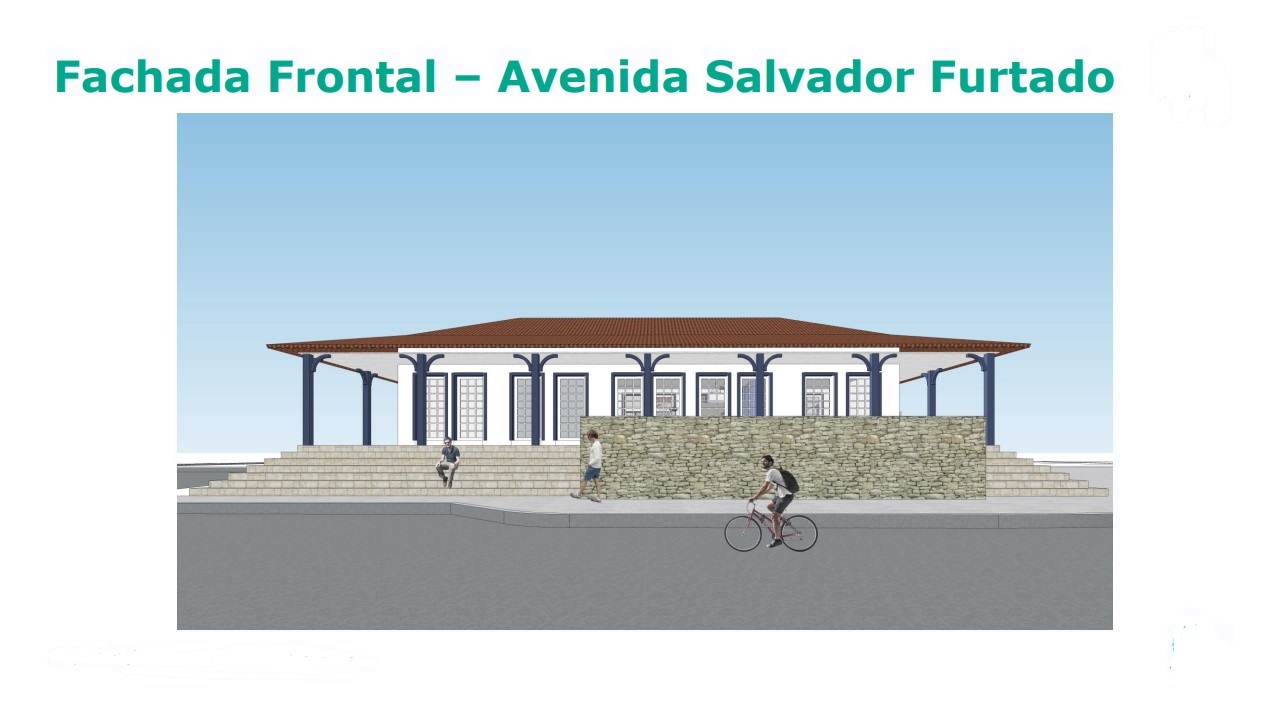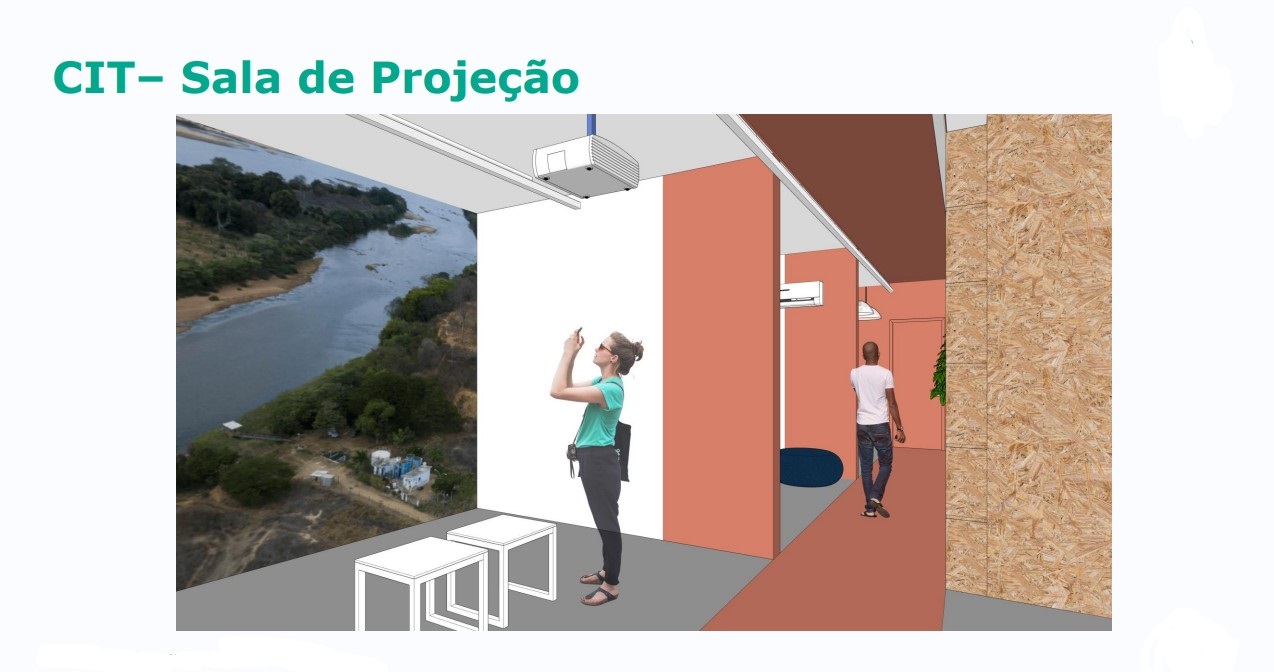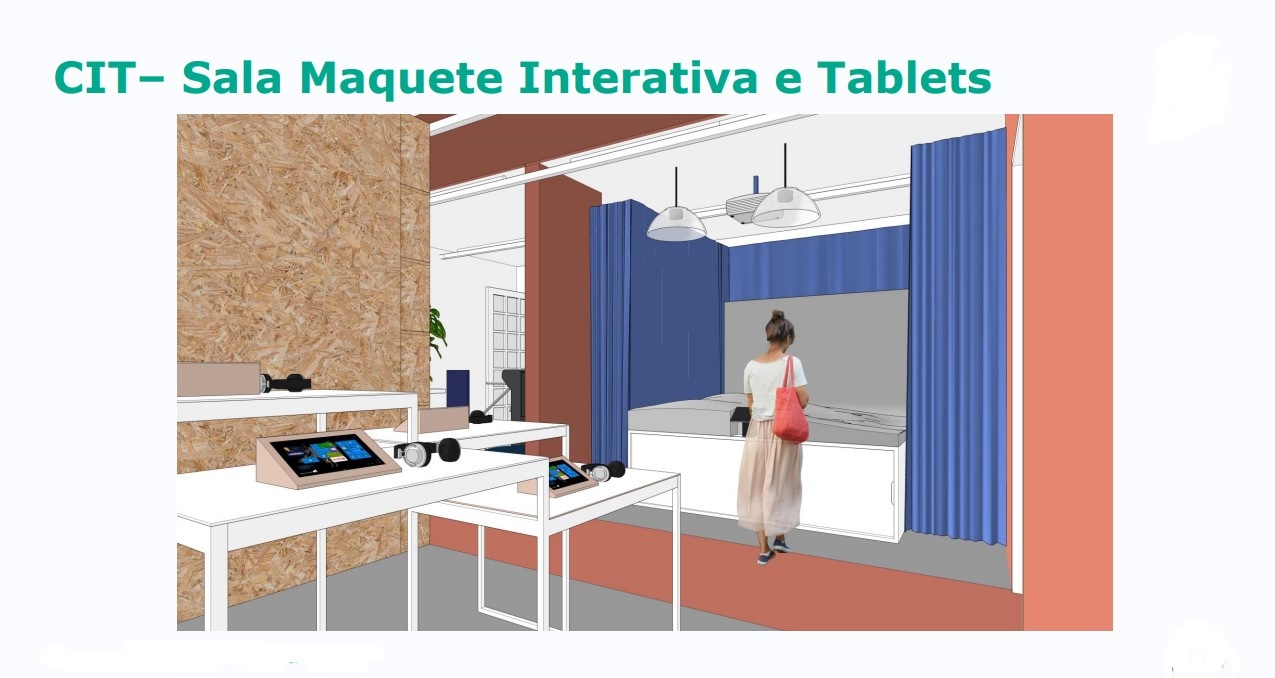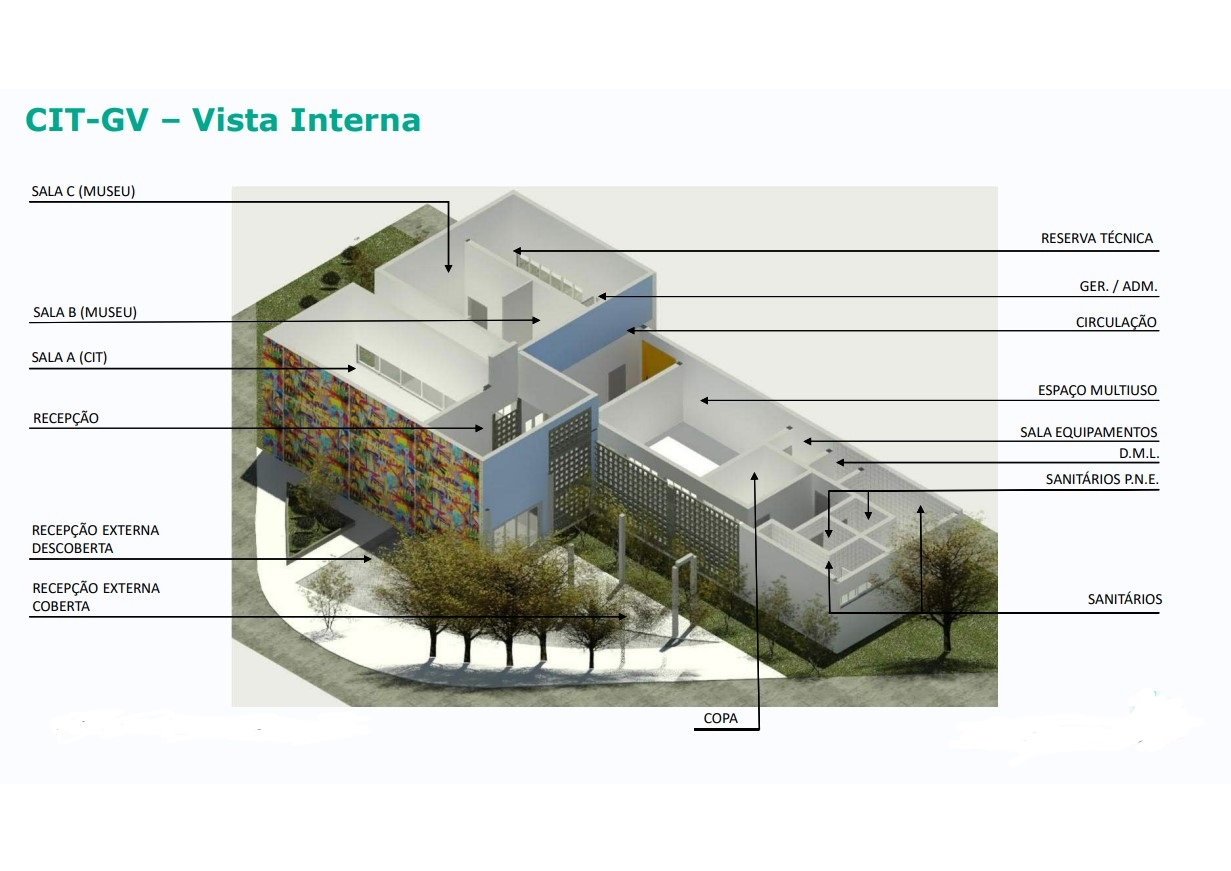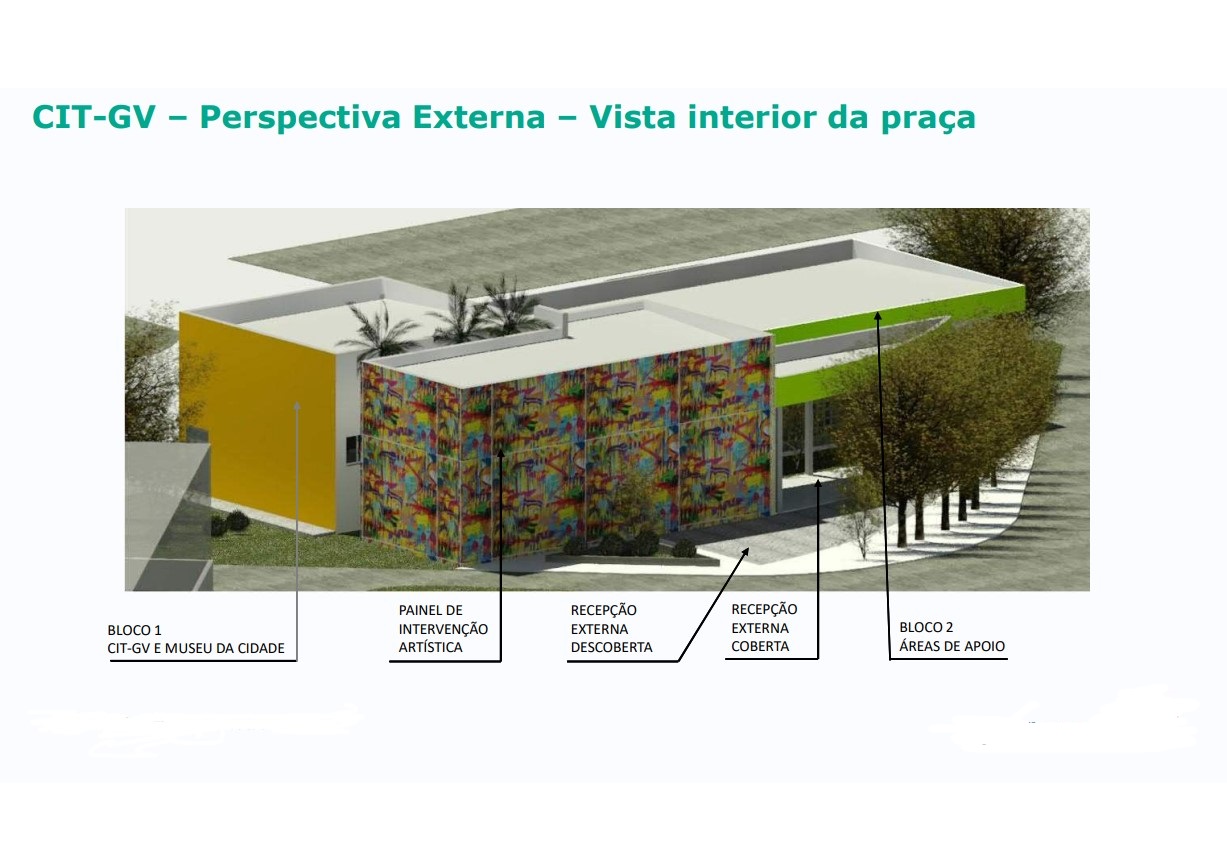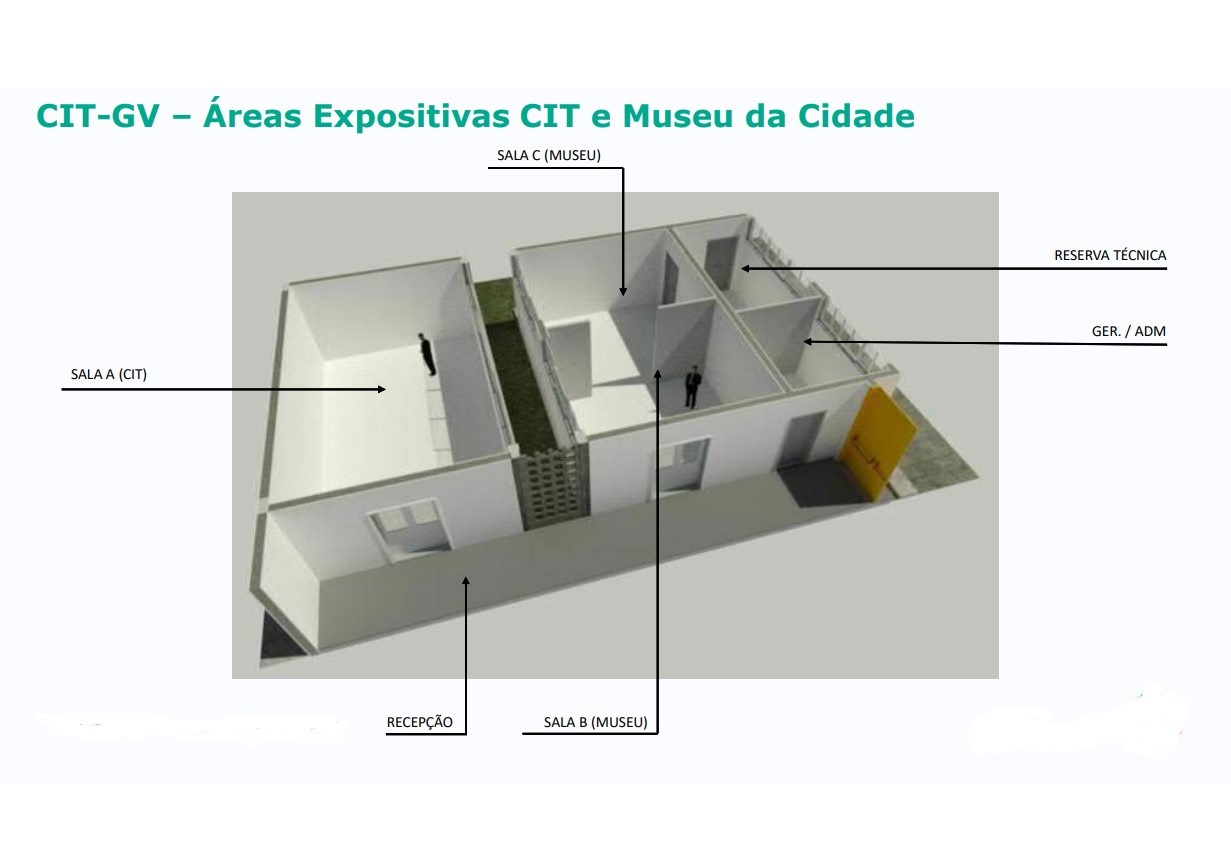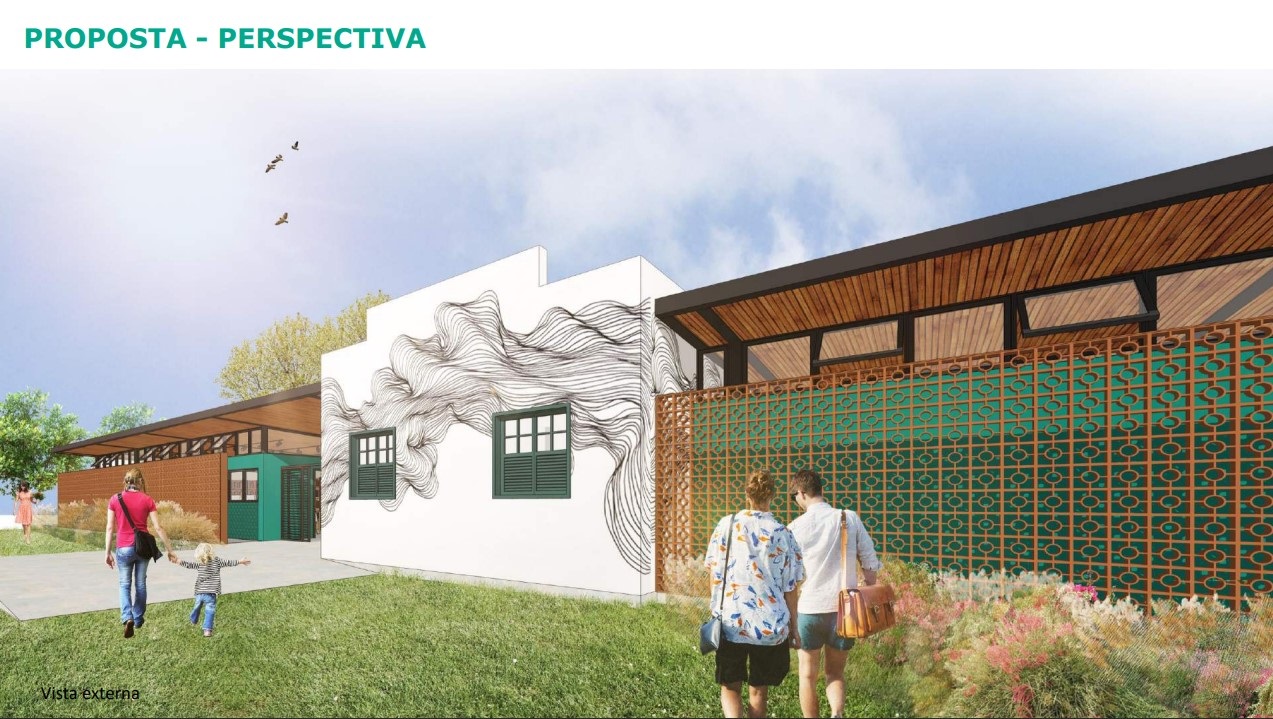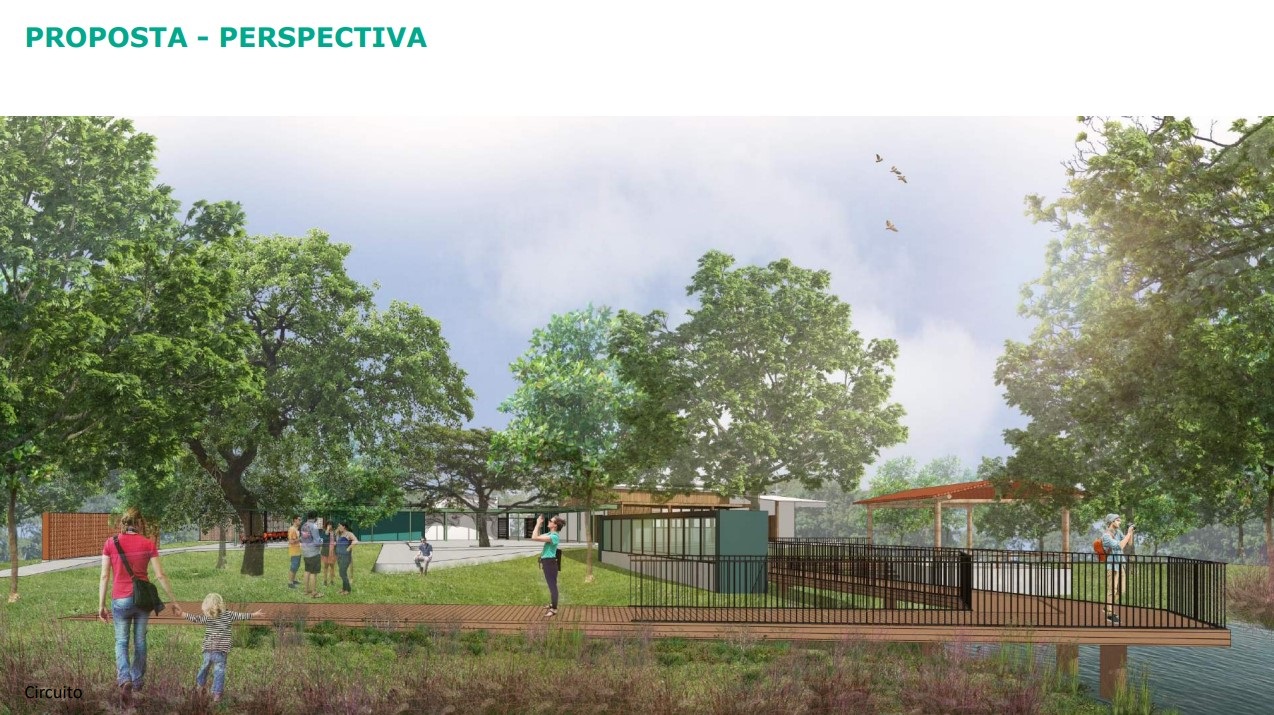November 5, 2015 marks the largest Brazilian social and environmental disaster
The collapse of Fundão dam in Mariana (MG) marked the history of the Brazilian people on November 5, recalling the moments of despair and various losses for society as a whole.
Considered the largest disaster in the world involving tailing dams, the collapse dumped a total volume of 40 million cubic meters, which traveled through the Basin of Doce River, abruptly changing various aspects of community life.
As immediate consequences, the physical displacement of people and the damage to the ecosystem of Doce River, demanded debates and positions on a complex process of repair and compensation of the impacts caused by the disaster.
The day of disaster
It was on a Thursday of November 5, 2015, around 15h30m, that Fundão dam collapsed, located in the Germano Industrial Complex, in the City of Mariana/MG. In addition to the social and environmental disaster, the tragedy killed 19 people.
The project was installed in the Gualaxo do Norte River Basin, a tributary of Carmo River, which is a tributary of Doce River. And its collapse caused a “tsunami” with the tailing of iron ore and silica, among other materials.
The tailing wave hit Santarém dam, further ahead, eroding part of the structure after receiving volumes of water and thunderous tailing. And, at high speed, the wave hit Fundão Stream and Santarém Stream, burying much of the sub-district of Bento Rodrigues, victimizing 19 lives and displacing hundreds of families.
The avalanche of mud and tailing traveled 55 km until it flowed into Carmo River, directly reaching the communities of Paracatu de Baixo, Camargos, Águas Claras, Pedras, Ponte do Gama, Gesteira, in addition to the Cities of Barra Longa, Rio Doce and Santa Cruz do Escalvado.
The most impactful section of the tailing wave is located between Fundão dam and Risoleta Neves Hydroelectric Power Plant, with the overflow of a large volume of tailing to the preservation areas of Gualaxo do Norte and Carmo rivers, destroying the vegetation cover of the river banks, removing everything on the ground.
In addition to the losses in vegetation, the tailing destroyed habitats of terrestrial and aquatic animals, both in the basin of Doce River and in the marine environment of the river mouth.
Incalculable impacts
The losses of rural properties invaded by the mud, lives reaped by the avalanche of tailing and other destruction were immediate impacts of the disaster, but the consequences of the long-term effect of the disaster may be partly irreparable.
Numerous localities have suddenly experienced the lack of water supply and those who depended on the Doce river to feed or withdraw their livelihood have also suffered since then.
The indigenous peoples and traditional peoples who worshipped the river, in addition to seeking water and food, also lost a fundamental reference of their culture. In the river, they celebrated life, were baptized and performed rituals and feasts.
In conclusion, several aspects of the life of the communities were disjointed, in addition to environmental impacts, physical displacement of people, loss of work and damage to the physical and emotional health of the victims of the disaster, debates about reparation, indemnities and resettlement became part of the routine.
